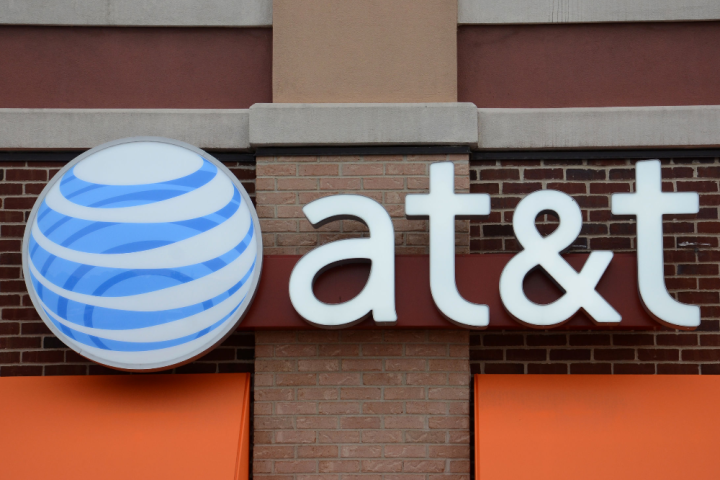
It is important to distinguish between cities and metro areas in AT&T’s plans because not everyone who lives in a given city on the list will have access to fiber internet. At least not at first. AT&T said that by the end of 2016, its fiber service will be in 45 metro areas. Ars Technica assumes the additional 16 slated for this year from the list will not include the newest members. Presumably, work is already underway on the infrastructure including burying or hanging fiber optic cable in the 16 metro areas.
The newest locations to the list include Gainesville and Panama City, Florida, Columbus, Georgia, central Kentucky, Lafayette, Louisiana, Biloxi-Gulfport, Mississippi, northeast Mississippi, Wilmington, North Carolina, Knoxville, Tennessee, southeastern Tennessee, and Corpus Christi, Texas. AT&T Fiber service will likely not be available until sometime in 2017 at the earliest in these areas.
When AT&T bought DirecTV part of the deal with the FCC was to deploy fiber to at least 12.5 million customer locations by mid-2019. At this point, according to AT&T, service is available to three million homes, apartments, and small businesses. Of course, just because it is available does not mean everyone signs up, so the exact number of subscribers is almost guaranteed to be significantly fewer than three million.
Pricing for AT&T Fiber will vary. Generally, according to Ars Technica, AT&T charges $70 a month for gigabit internet in places where there is competition — like Google Fiber. Other areas without gigabit internet competition pay an additional $20 a month.
It may be noteworthy that the none of 11 newly named planned AT&T Fiber metro areas currently have Google Fiber, though that does not mean they may not have gigabit fiber internet from other providers.
AT&T previously offered a price break for service to those who participated in a program that delivered personalized ads based on their internet browsing, but that controversial program has been discontinued.




